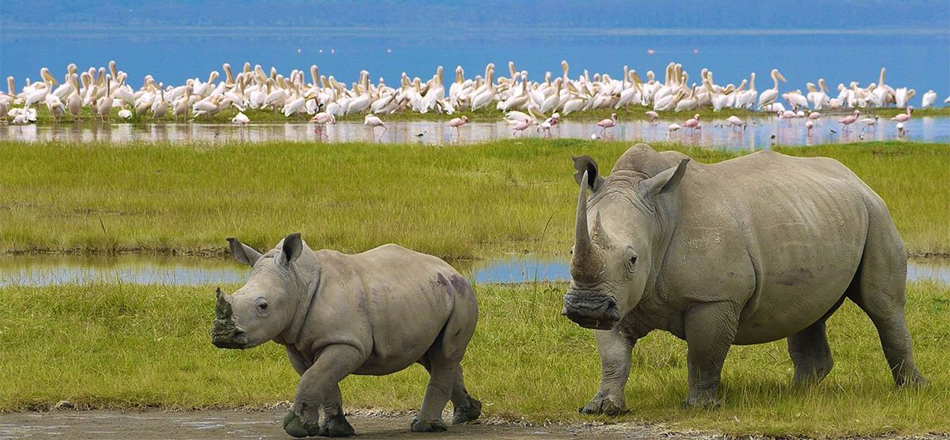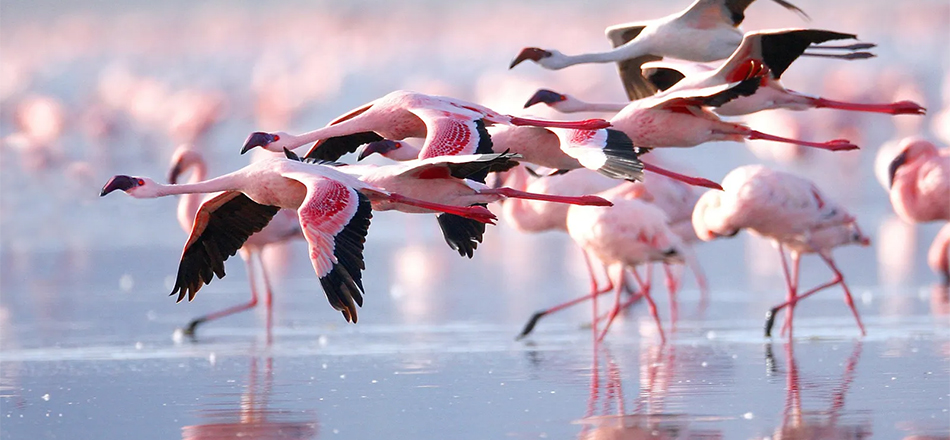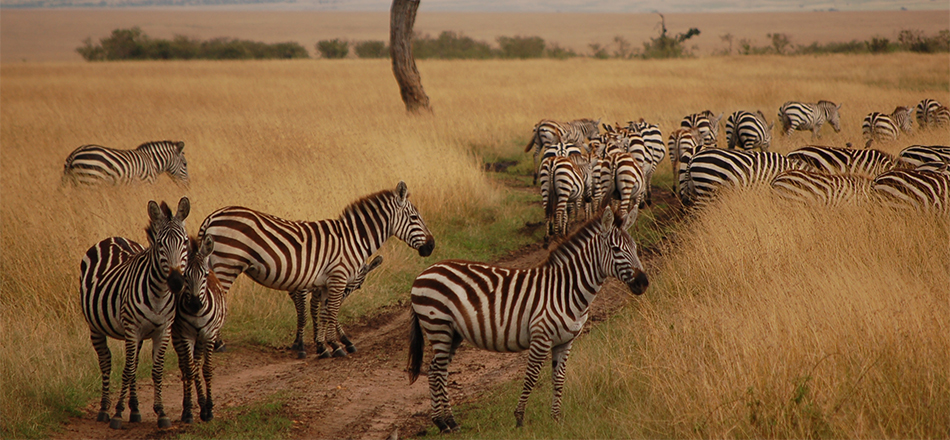The Great Wildebeest Migration
The Great Wildebeest Migration
An Account of the Great Wildebeest Migration
The Great Migration is a continuous, circular migration of over a million animals across the Serengeti-Mara environment, and it is one of the most sought-after events for wildlife and nature aficionados.
Wildebeest and their many traveling buddies travel in endless columns down a prehistoric path in search of pasture and water.
Calving occurs in the southern Serengeti near Tanzania's Ngorongoro Conservation Area, and the animals then migrate clockwise through the Serengeti to Kenya's Masai Mara and back again at the end of the year.
As several thousand animals get eaten by predators each year, many more are born to replace them and keep the circle of life going.
Description
One of the most sought-after experiences for wildlife and nature enthusiasts, the Great Migration is the ever-moving circular migration of over a million animals across the Serengeti-Mara ecosystem. The constant movement of columns of wildebeest, joined by a host of companions, follow an age-old route in search of grazing and water.
After calving in the southern part of Tanzania’s Serengeti near the Ngorongoro Conservation Area, the animals journey through the Serengeti up and around in a clockwise direction towards the Masai Mara in Kenya, before returning once again near the end of the year.
Along the way, high drama is always present, as thousands of animals are taken by predators and thousands more are born, replenishing the numbers and sustaining the circle of life.
About The Tour
| Inclusions | Exclusions |
|---|---|
| Arrival & Departure airport transfers complementary to all our clients. | Visas and related costs. |
| Transportation as per itinerary. | Personal Taxes. |
| Accommodation per itinerary or similar with a request to all our clients. | Drinks, tips, laundry, telephone calls and other items of a personal nature. |
| Meals as per itinerary B=Breakfast, L=Lunch and D=Dinner. | International flights. |
| Services literate English driver/guide. | Optional excursions and activities not listed in the itinerary like Balloon safari, Masai Village. |
| National park & game reserve entrance fees as per itinerary. | |
| Excursions & activities as per itinerary with a request | |
| Recommended Mineral Water while on safari. |
Detailed Day Wise Itinerary
-
Day : 1 Depart from Nairobi and drive to Lake Nakuru
Leave Nairobi for Nakuru after an early morning pick-up from your hotel or the airport. The three-hour journey to the park's entrance takes you via the Great Rift Valley, where you can take in the breathtaking escarpment scenery. After a brief game drive, you'll arrive at your lodge, settle in, and have lunch. The Sarova Lion Hill Lodge awaits your arrival. After lunch, proceed on a game drive over Pink Lake, so named for the large number of flamingos that used to congregate there; these days, however, only a small number of flamingos may be seen here due to climate change. This park is also home to the renowned white rhino and black rhino. Sarova Lion Hill Lodge provides dinner and lodging.
-
Day : 2 Lakes Naivasha, L. Bogoria, and Lake Nakuru
After a quick breakfast, you'll head out of Lake Nakuru and on to Lake Bogoria, which is less than a three-hour drive away. However, the water rotates counterclockwise, so you'll have to make a stop a few meters north of the equator line. Amazingly, it spins counterclockwise when viewed from the south.
Lake Bogoria is a shallow soda lake with a stunning landscape, and it is teeming with flamingos and geysers. Return to Lake Naivasha for a late lunch after your safari. Dinner and lodging at the Lake Naivasha Sopa Resort after a 3.5-hour trip to Naivasha.
-
Day : 3 Tour from Lake Naivasha to Masai Mara
The first meal of the day. You should head out of Lake Naivasha for the Masai Mara after breakfast. Traveling to Masai Mara Park from Nairobi will take you five hours; en route, you'll travel through the famous Masai settlement of Narok. You will make it to lunch on time. Lunch and a rest at either Ashnil Mara Camp or Sarova Mara Game Camp. Game drive in the afternoon to see if we can spot any of the Big Five and other species that inhabit the park. Ashnil Mara Camp or Sarova Mara Game Camp is where you'll spend the night.
-
Day : 4 Exploring the Masai Mara
A day spent in the park after breakfast, complete with a picnic lunch, in search of the park's most famous inhabitants: From early July until the end of September, the Masai Mara plains teem with migrating wildebeest, as well as zebra, impala, topi, giraffe, Thomson's gazelle, leopards, lions, hyenas, cheetahs, jackals, and bat-eared foxes. Black rhinos can be elusive but are occasionally spotted from a distance. The Mara River is teeming with hippos and very large Nile crocodiles, both of which lie in wait for the wildebeest as they make their yearly migration in search of greener pastures. Later Accommodations and meals at either the Sarova Mara game camp or the Ashnil Mara camp.
-
Day : 5 From Masai Mara to Nairobi
You will wake up to a leisurely breakfast at camp. Pack up your tent and hit the road for Nairobi. A five-hour trip to Nairobi with a lunchtime arrival. We'll have lunch at Carnivore and then drop you off at your hotel or the airport at around 3 p.m. If you have a late flight, you have the option of doing more game drives until around noon with a packed lunch. You will be dropped off at the airport or your hotel in Nairobi after your drive there, which will take about five or six hours.






